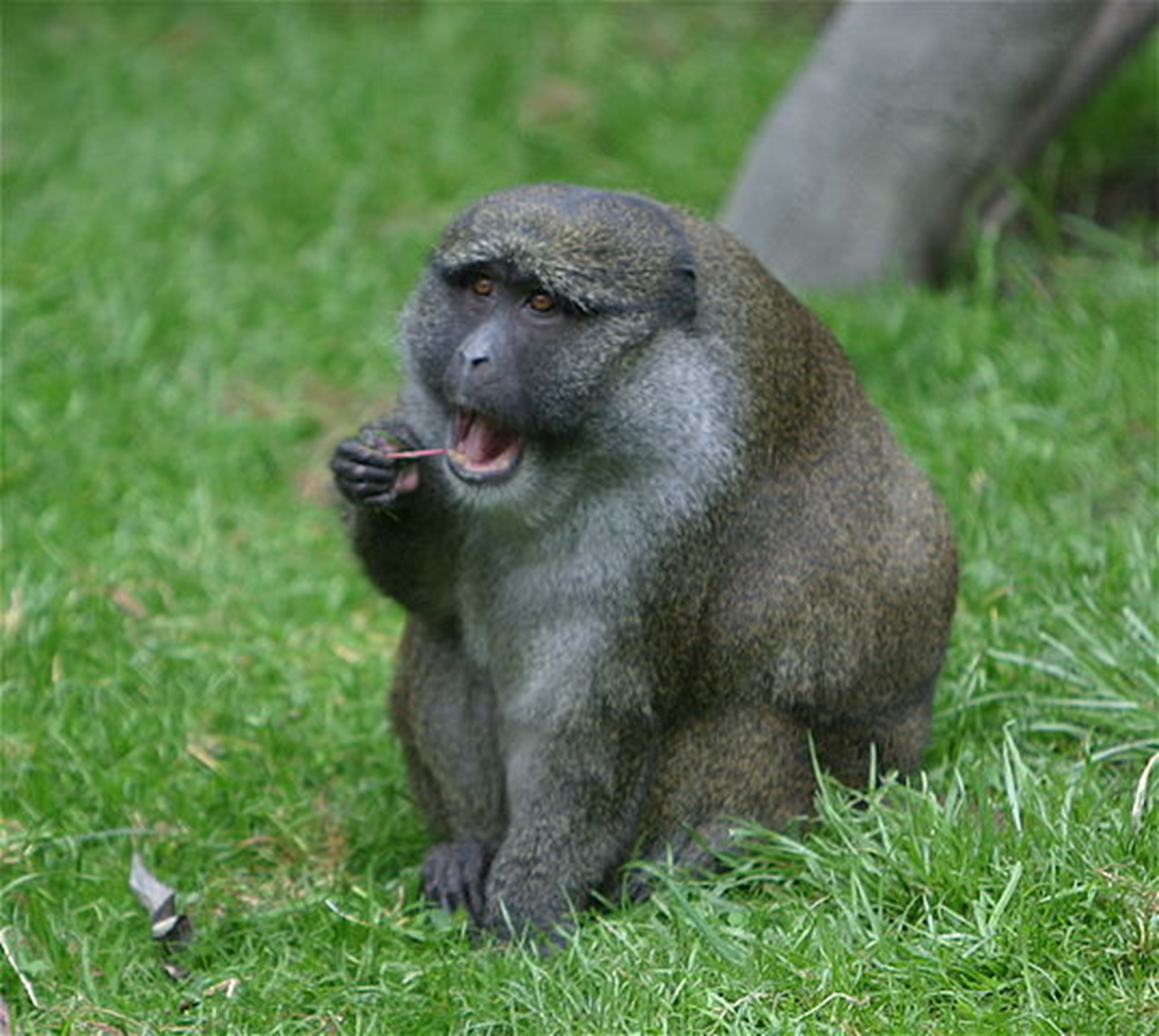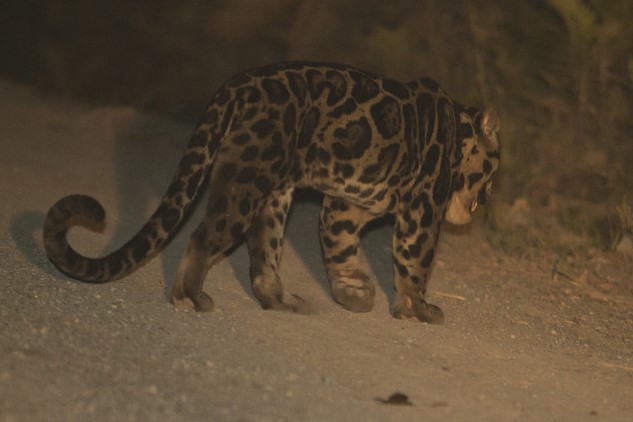
Common Hippopotamus
Hippopotamus are a fascinating animal. Large, highly aggressive, and spending most of their days in water. For many people, their memory of a Hippopotamus on safari (or in a zoo) is a pond with a grey bump in the middle. But there is far more to a hippopotamus than meets the eyes. Duromg the night, Hippo leave the safety of the water and go into the bush to graze.
They are incredibly dangerous, and there is a far higher risk for people wandering in the bush to be killed by hippo than anything else. In the past, they were one of the few species that still lived in significant numbers outside reserves. Unfortunately, as the human population of Africa has grown, the majority of these free roaming Hippo have been killed – for an African living on a tiny income, a hippo is a huge pile of meat, which can be sold, and some of its teeth are made of ivory.
A rough estimate suggests that the meat is worth around 8000. When you add in the Ivory teeth, it is possible for a Hippo carcass to be worth a years average salary (and that is the mean salary). 85% of Africans survive on $5.50 per day, which works out at almost exactly $2000 – so for 85% of Africans, a hippo carcass is worth 4 years of salary – assuming that you do not make much money from the ivory, and it would not be surprising if this added significantly.
When you look at these numbers, it is not surprising that people poach Hippos -and it makes it very hard to work out how to save them.
Of course, Hippo can be worth far more in tourism dollars over their lifespan.
Common hippopotamus are possible to see in all the Savannahs that we have listed so far. Visit wild places to see the total list.
Below is links to some of the biggest (though as I say, hippo can often be seen in small reserves and in places outside reserves as well. All our savannah wild places have sizable populations of common hippopotamus.
The below video shows 8 of the most amazing hippo videos filmed by the BBC. From one made with spy cameras in robotic baby hippo, to a variety of other fascinating clips, this shows hippos and many of their greatest adaptions, which allow them to thrive (while being one of the most dangerous animals of the savannah).


 The aardwolf is the smallest member of the Hyaenidae family, as you can see from the map, it is a species with two separated populations, one in East Africa and one in Southern Africa. It is insectivorous, and exclusively nocturnal, and is generally thought of as one of the harder animals to see in the wild. If incredibly lucky, you can see them feeding alongside Aardvarks, and even Pangolins, but this is rare. They favour open dry plains and savannahs.
The aardwolf is the smallest member of the Hyaenidae family, as you can see from the map, it is a species with two separated populations, one in East Africa and one in Southern Africa. It is insectivorous, and exclusively nocturnal, and is generally thought of as one of the harder animals to see in the wild. If incredibly lucky, you can see them feeding alongside Aardvarks, and even Pangolins, but this is rare. They favour open dry plains and savannahs.




















